Assamese Matrimony
by iMarriagesmatrimony site for Assamese speakers.
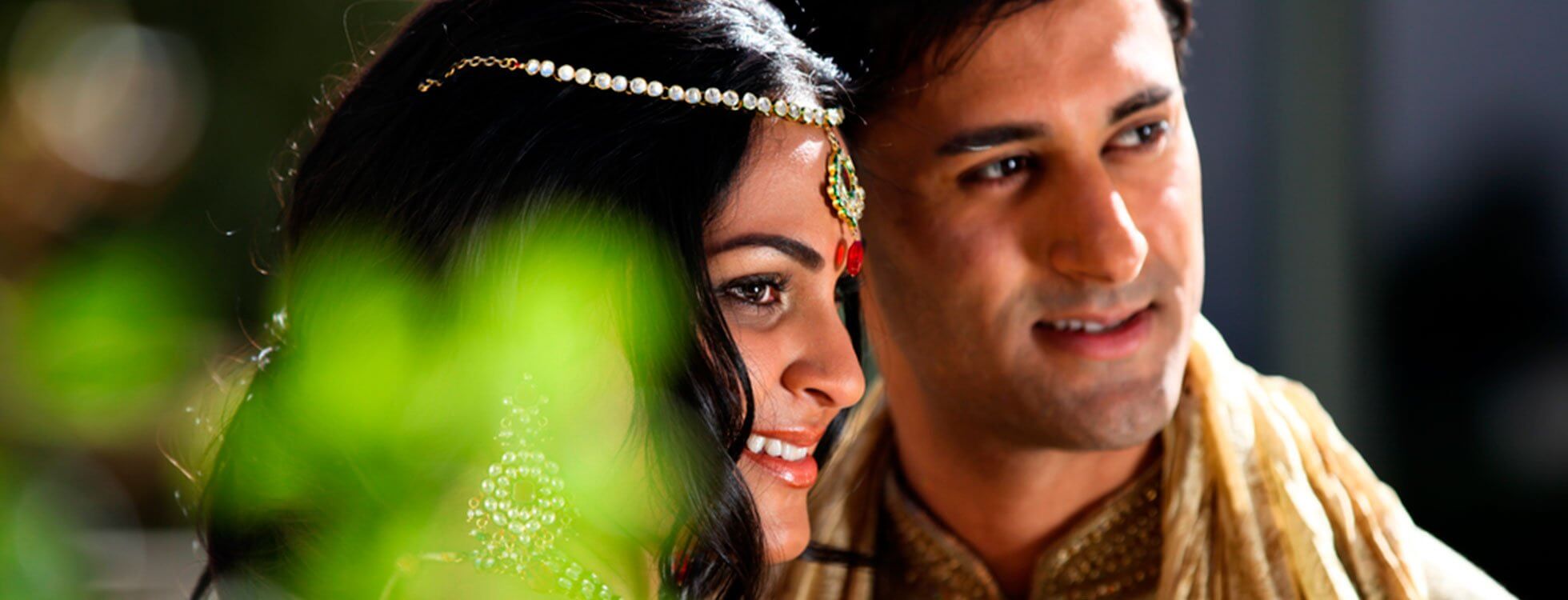


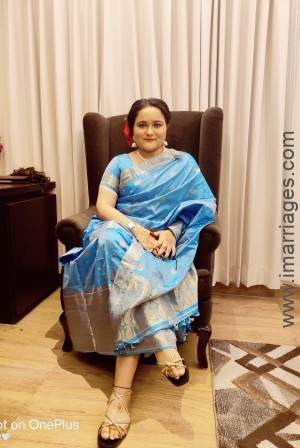
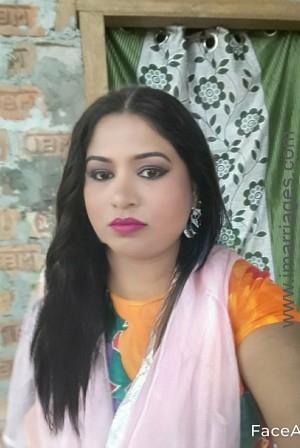
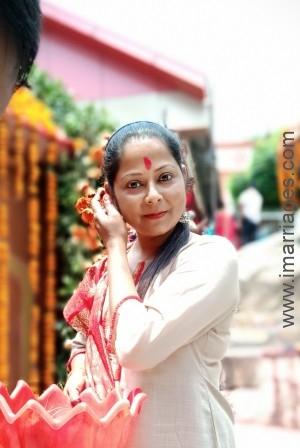

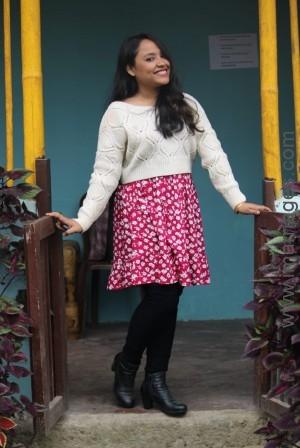


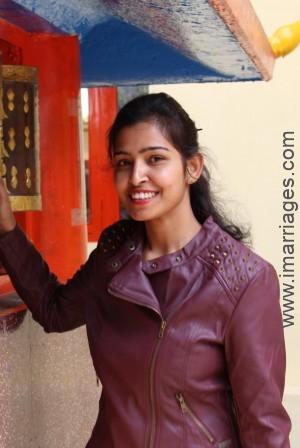
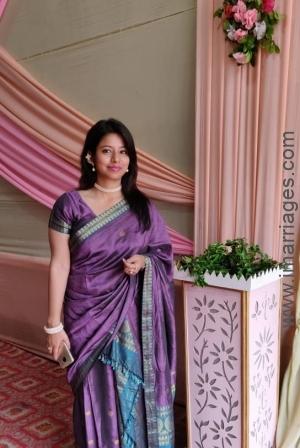
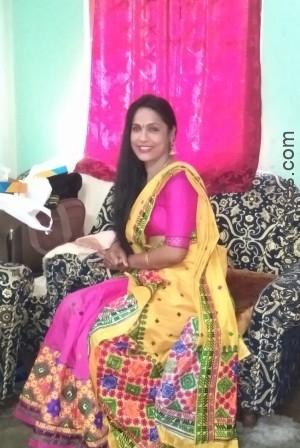
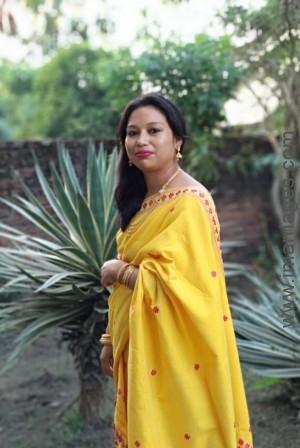

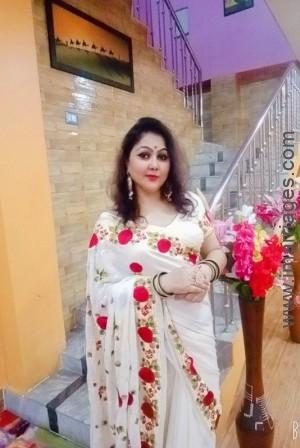
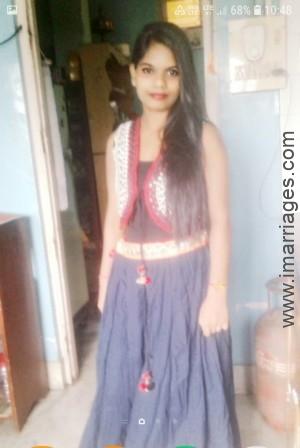
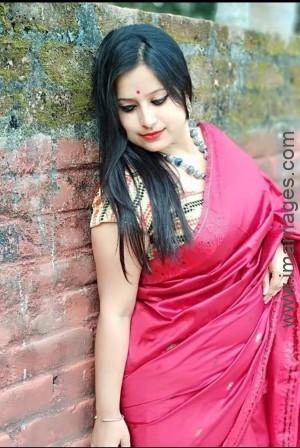
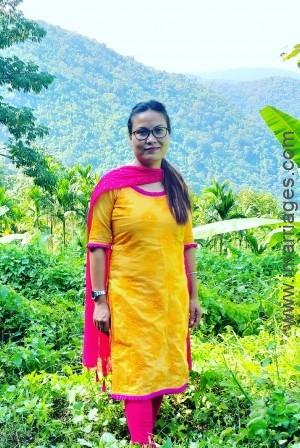
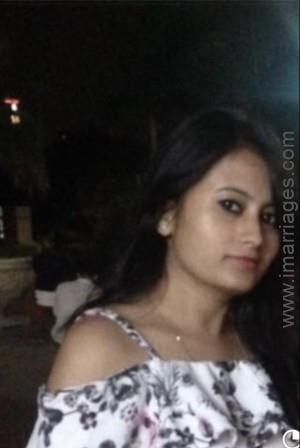

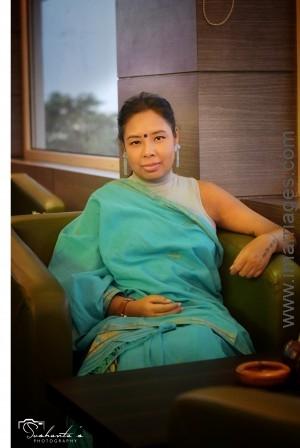


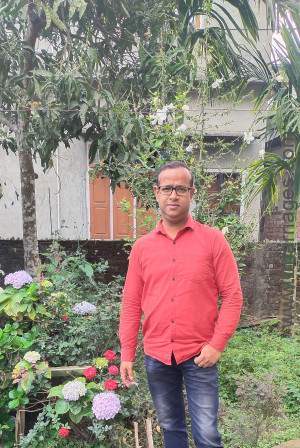



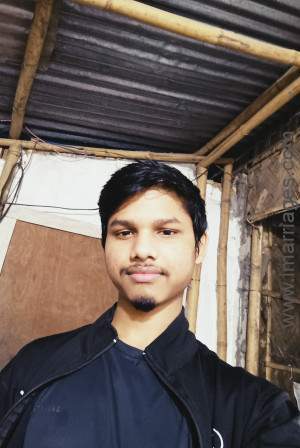




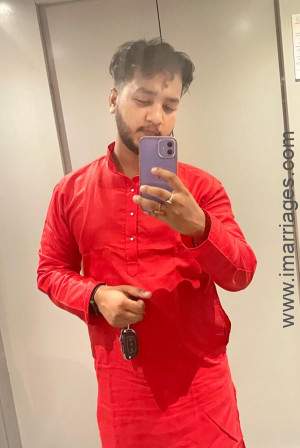




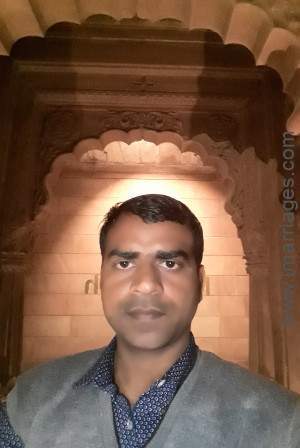
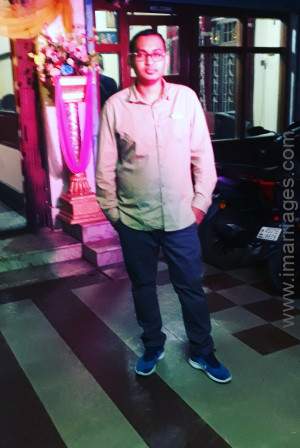




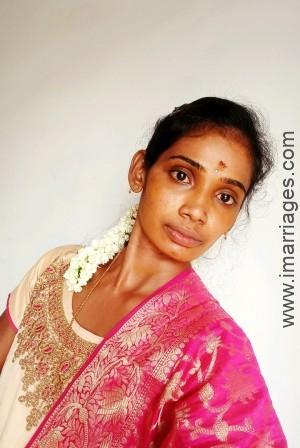


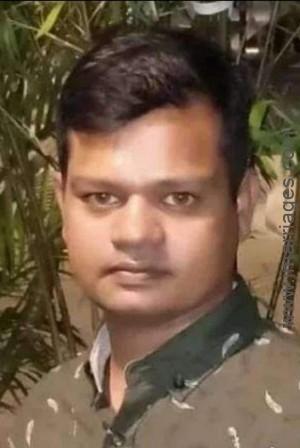

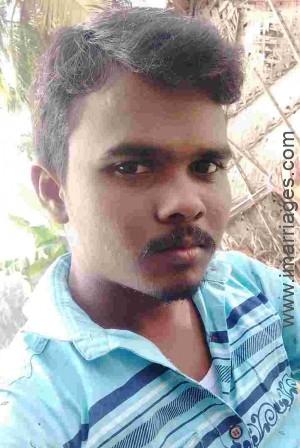
Welcome to Assamese Matrimony by iMarriages, a free matrimony portal for Assamese speakers with thousands of profiles in Assam and elsewhere.
Assamese matrimony takes place between a bride and groom who speak Assamese as their first language. Assamese is spoken by over 13 million people and is the official language of Assam.
It is believed that Assamese evolved at least before 7th century A.D and is written from left to right and top to bottom, in the same manner as English. Its sister languages include Bengali, Oriya, Maithi and Bihari.
In Assamese language, the matrimonial ceremony is known as Biya. Just like a Hindu wedding, an Assamese wedding also has pre-wedding and post-wedding rituals.
Assamese matrimonial ceremony is an occasion of elegant celebration. It is referred as 'Biya' in the local language. It possesses some similarity with Bengali marriages like blowing of conch shells and ululation sound by ladies during wedding rituals. Like every other Indian wedding, Assamese matrimonial ceremony is also full of pre-wedding, wedding and post-wedding rituals. But the simplicity that is reflected in Assamese weddings is its unique feature. The entire wedding rituals take place amidst of singing of traditional wedding songs by ladies known as 'Biya naam' or 'Biya Geet'.
Let us explore the different shades of Assamese matrimonial that makes it an unforgettable affair.
Pre-Wedding Rituals
Juran Diya - It takes place a day or two prior to the wedding. Early in the morning, Aaam dali gatha ritual is performed during which strings of mango leaves are tied over every door of the house to absorb negative energy from anyone entering the house. At afternoon the groom's mother visits the bride's house with a number of female relatives to perform traditional Juran ritual. She is welcomed by the bride's mother with a xorai (a traditional bell metal tray of Assam) along with betel leaves and nuts (Pan and Tamul) covered with a gamocha (Assamese bathing towel). Then the bride with her head covered arrives at the venue, she is presented with the gifts brought by her mother in law along with the wedding dress.
Tel Diya - After the bridal shower, the groom's mother places a ring and betel nut on bride's hair parting. Over this, she pours oil thrice. This is followed by application of vermillion on the bride's partition. This is a unique feature of Assamese matrimonial, where the groom does not apply vermillion on the bride's forehead but the mother-in-law does. The bride will carry on wearing the vermillion from now on.
Wedding Day Rituals
Pani Tula - It takes place separately at both the houses. A group of ladies along with mothers of the bride and the groom gather water from a nearby pond or river. This water is for the ceremonial bath later that day.
Daiyan Diya - During early hours of the wedding day, a bowl of curd is sent from groom's side. The bride eats half of this while the other half is sent back for the groom to share. This sharing is to bring good luck for both of them. This is the last meal for the couple till they get married.
Nau Purushor Sharddho - This ritual is meant to pay a tribute to the ancestors of both the families. This is performed to seek their blessings for the couple. The head of the family offers homage to the past nine generations of the paternal family.
Nuoni or Ceremonial Bath - The ceremonial baths of bride and groom with the water collected during Pani tula is known as Nuoni. The mother and other elder ladies of the family apply oil, curd and a paste of maah-halodhi (urad lentils and turmeric) to the bride or groom followed by bathing to wash away the pastes.
Reception - It's a uniqueness of Assamese marriages that the wedding reception is celebrated before the actual wedding. The bride dressed up in her ceremonial dress sits on a pedestal to greet all her friends and relative by presenting them with saunf. Once the groom's party arrive she is taken back to change in her bridal attire.
Arrival of the Groom - After getting ready in his wedding attire (Kurta, Dhoti, and Cheleng, an Assamese style shawl) the groom takes blessings from his mother. According to tradition, the groom's mother is not allowed to see the wedding thus she is not a part of groom's procession. When the wedding procession finally reaches the venue, the bride's family indulges in fun activities like Dora aaha, in which groom is given entry inside the venue only after they pay a certain amount.
Bhori Dhuwa - This is a traditional welcome of the groom by his mother in law in the form of aarti following this bride's sisters wash his feet. The brothers of the bride lift him to take him to the wedding hall.
Biya or Wedding - The bride enters the wedding venue on the shoulders of her maternal uncle or brother. The wedding starts with exchanging of garlands between the couple. This is followed by Kanyadaan (giving away of the bride to the groom) performed by bride's father. Then the Lajahom ritual is performed where the brother of the bride places puffed rice on her hands which she offers into the holy fire. This is repeated thrice. This ceremony, takes place amidst singing of Jura Naam, blowing of Conch shells and urulis made by the women intermittently. The end of the bride and groom's wedding garment are then tied by the priest for Saptapadi.
Saptapadi - The couple then circumambulates the holy fire seven times while chanting the sacred wedding vows. After this, the bride steps on seven betel leaves with her right foot accompanied by the groom this symbolizes the beginning of their journey together. This is followed by Aashirbaad which is meant to seek blessings from all the elders present at the venue.
Post-Wedding Rituals
Khel Dhemali - After wedding ceremony, some traditional wedding games are played between the couple which is known as Khel dhemali this is followed by Man dhora (seeking blessings of elders of the family).
Bidaai - This ritual marks a tearful goodbye by the bride to her family. She throws handfuls of rice over her shoulder to pay the debt of her upbringing to her parents. Then she leaves her house to start her new journey.
Ghor Gosoka - After being welcomed by the mother in law the bride enters the house by placing her feet on a flat dish containing milk and by breaking a Saaki, or lamp made of clay. After performing some rituals she is sent back to her paternal home.
Khuba Khubi - Next morning the groom visits bride's place to attend a pooja where narrates a story of two goddesses, Khuba and Khubani, at the end of which the couple seeks blessings from the Gods. The couple then gets ready for the reception in the evening and the bride finally leaves her father's house.
Aathmangla - On the eighth day of marriage, an elaborate lunch is organized by bride's paternal home in honor of the newlywed.